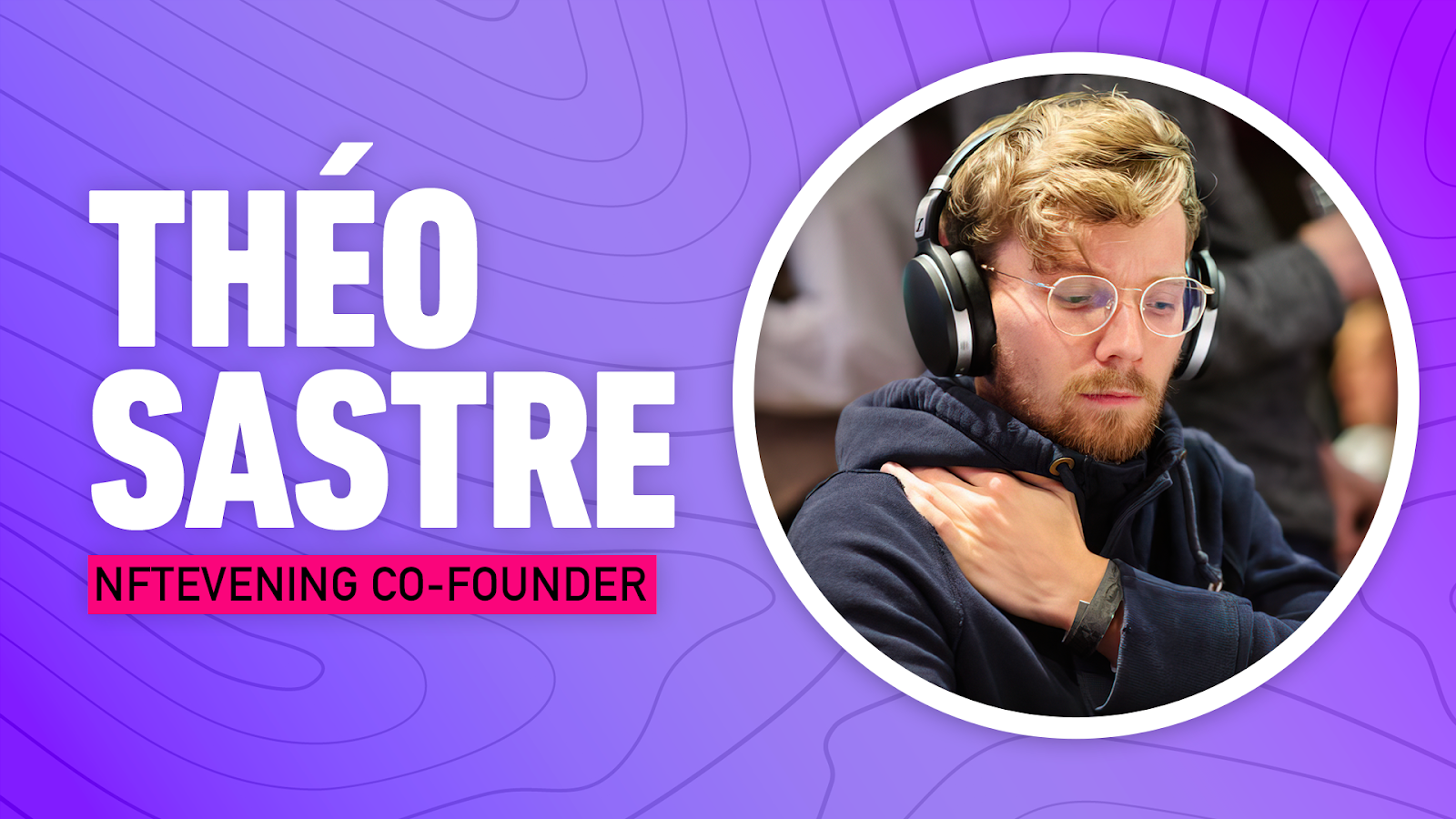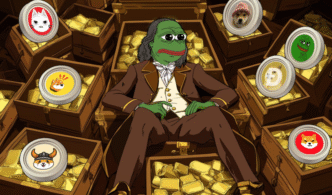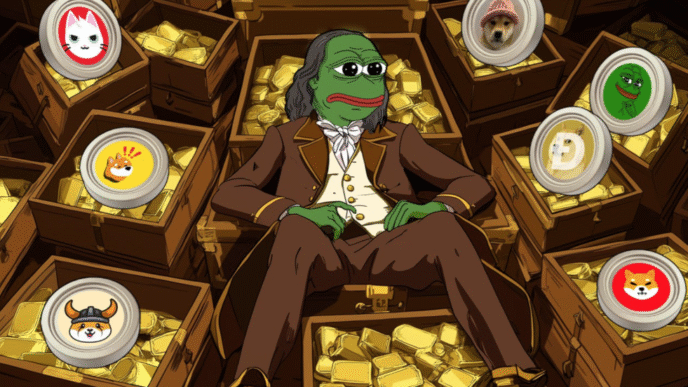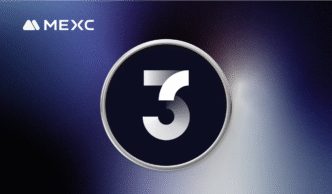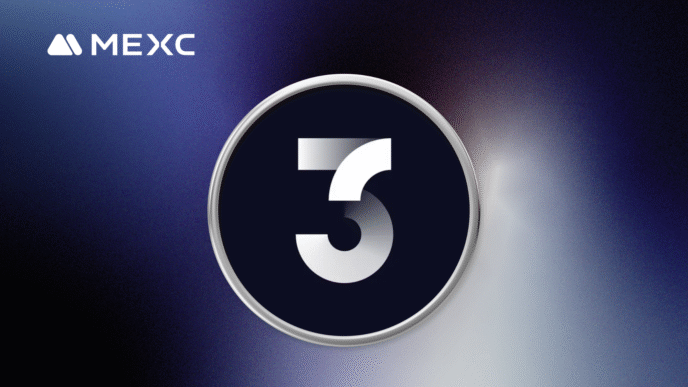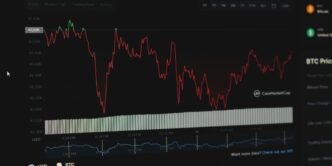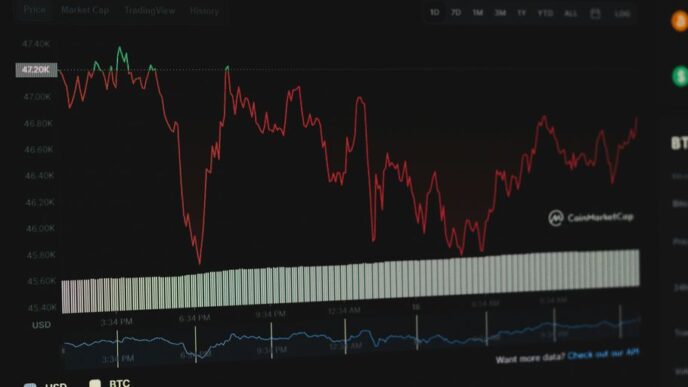How did you initially get into journalism?
I started my career in digital marketing, buying qualified traffic for a wide range of clients, including media outlets & magazines.
This first 4-year experience taught me what people want to read and what makes a great headline. Of course, I also have experience with the different ways to bring new visitors to a website (both paid & organic).
I decided to leave in 2018 to create my own websites, starting with viral magazines in a BuzzFeed-style. Fast forward to 2022, these websites are still running and generating 30 Million visitors monthly, across 15+ countries, and in 7+ different languages.
The majority of this traffic is paid and very dependent on Big Tech. Thus, my co-founder and I were looking for a way to diversify, launching a new magazine and creating our own audience.
NFTs seemed to be the perfect topic because it was new, very interesting, and at the time there were barely any online resources.
What does being an NFT journalist mean to you?
NFT journalism space is so nascent that it poses, Not just this incredible learning opportunity but, the opportunity to shape the present narrative around NFTs as well.
For us, that means educating people and talking about both the potential and problems of the industry as a whole.
For example, at NFT Evening, we are constantly pushing out NFT guides to help our audience navigate the space. We also recently created an entire NFT crash course so beginners have an easy way to start if they feel lost.
Simultaneously, we also talk about the lack of diversity and representation in web3, environmental issues of NFTs, and so on.
What has helped to achieve NFT Evening’s success over the last year?
It’s a question I really thought about as we were surprised by the rapid growth. All of our traffic is organic, via SEO, which usually takes time. In fact it can take up to 12 months of creating content before seeing any results.
So, I would say our success is the result of a combination of hiring the correct people and putting good processes in place. Plus, obviously, we benefited from good timing.
My previous experience in creating fully-remote media companies definitely helped and we were quickly capable of producing 10 news articles per day. Our journalists are based all over the world, in multiple time zones, making it easy to cover an entire day.
Plus, we have a good remote working environment. We’re often sharing artwork or adding things to our NFT meme list.
How would you describe a great NFT journalist?
Someone who is inquisitive and curious to learn on the go because the Web3 space keeps changing in the blink of an eye. Of course, they should know the space really well and be aware of industry news across the globe—be that a new project drop or an NFT regulatory update.
Lastly—and this is true for all journalists—they should be honest, ethical, objective, focusing on factual reporting. We partnered with Ledger on NFT security because we know how the community needs to face scammers head on. A good NFT journalist can carefully explain these risks to readers.
Where do you see journalism in the Web3 world going in the next three years?
In the future, we can likely expect mainstream media companies to become more active participants in the Web3 space. For example, journalism can make use of web3 technologies to create exclusive content for subscribers, factual verification, or publish archives as NFTs—some companies are already doing this. In the long haul, NFTs could become the future’s newspapers.
Follow Théo Sastre on Twitter.

